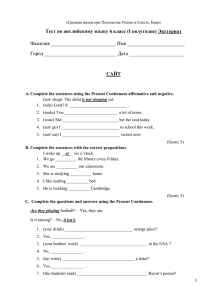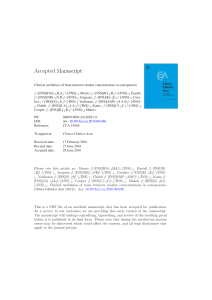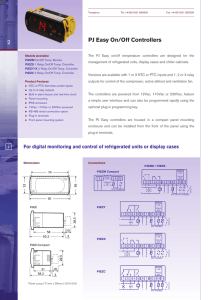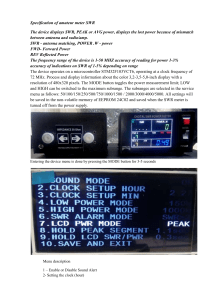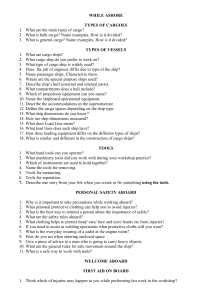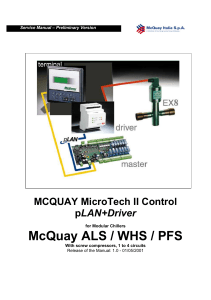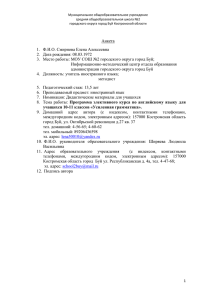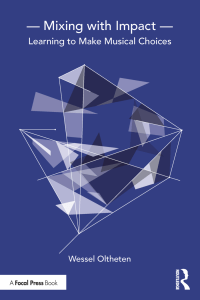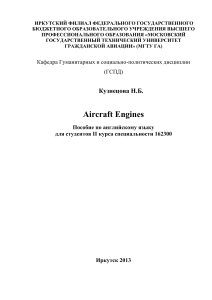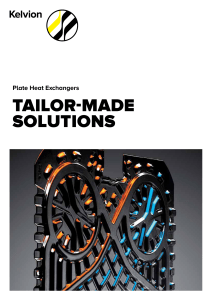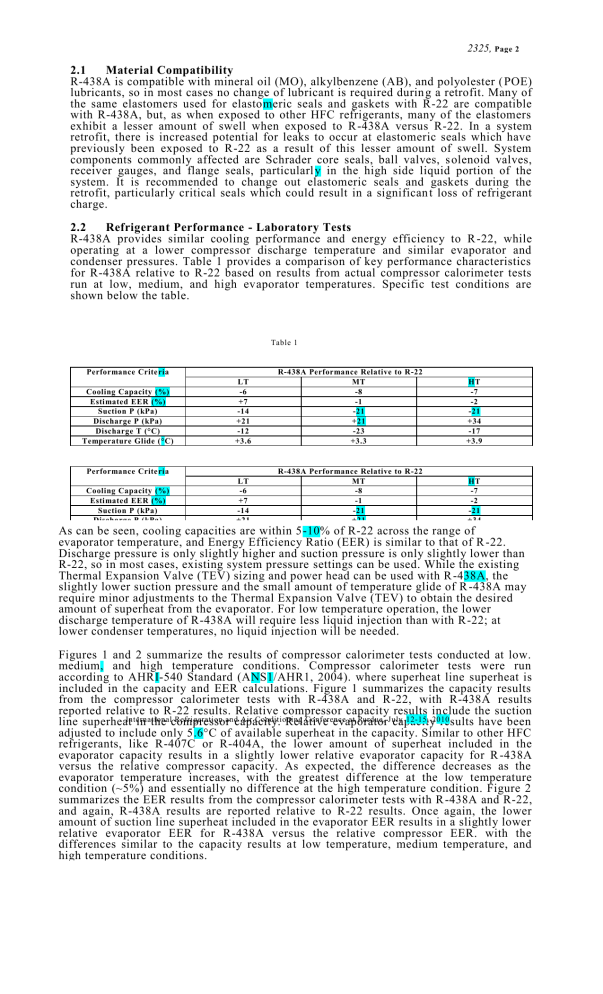
2325, Page 2 2.1 Material Compatibility R-438A is compatible with mineral oil (MO), alkylbenzene (AB), and polyolester ( РОЕ) lubricants, so in most cases no change of lubricant is required durin g a retrofit. Many of the same elastomers used for elastomeric seals and gaskets with R-22 are compatible with R-438A, but, as when exposed to other HFC refrigerants, many of the elastomers exhibit a lesser amount of swell when exposed to R -438A versus R-22. In a system retrofit, there is increased potential for leaks to occur at elastomeric seals which have previously been exposed to R-22 as a result of this lesser amount of swell. System components commonly affected are Schrader core seals, ball valves, s olenoid valves, receiver gauges, and flange seals, particularl y in the high side liquid portion of the system. It is recommended to change out elastomeric seals and gaskets during the retrofit, particularly critical seals which could result in a significan t loss of refrigerant charge. 2.2 Refrigerant Performance - Laboratory Tests R-438A provides similar cooling performance and energy efficiency to R -22, while operating at a lower compressor discharge temperature and similar evaporator and condenser pressures. Table 1 provides a comparison of key performance characteristics for R-438A relative to R-22 based on results from actual compressor calorimeter tests run at low, medium, and high evaporator temperatures. Specific test conditions are shown below the table. Table 1 Performance Criteria Cooling Capacity (%) Estimated EER (%) Suction P (kPa) Discharge P (kPa) Discharge T (°C) Temperature Glide (°C) Performance Criteria Cooling Capacity (%) Estimated EER (%) Suction P (kPa) Discharge P (kPa) (°C) As can Discharge be seen,T cooling Temperature Glide (°C) evaporator temperature, LT -6 +7 -14 +21 -12 +3.6 R-438A Performance Relative to R-22 MT -8 -1 -21 +21 -23 +3.3 HT -7 -2 -21 +34 -17 +3.9 R-438A Performance Relative to R-22 LT MT HT -6 -8 -7 +7 -1 -2 -14 -21 -21 +21 +21 +34 -23 -17 capacities -12 are within 5-10% of R-22 across the range of +3.6Efficiency Ratio (EER) +3.3 is similar to that of +3.9 and Energy R -22. Discharge pressure is only slightly higher and suction pressure is only slightly lower than R-22, so in most cases, existing system pressure settings can be used. While the existing LT: LowExpansion Temperature: -31.7°C(TEV) avg evaporator, 40.6°C avg condenser, return gas,R 5.6° liquid the Thermal Valve sizing and power head can1 S.3°C be used with -438A, subcooling fromsuction avg condenser I MT: Medium Temperature: -6.7°C avg evaporator, 40.6°C avg condenser, slightly lower pressure and the small amount of temperature glide of R -438A may 18.3°C return gas. 5 6°C liquid subcooling from avg condenser T HT High Temperature: 7.2°C avg evaporator, require minor adjustments to the Thermal Expansion Valve (TEV) to obtain the desired 46 l°C avg condenser. 18 3°C return gas, 8 3°C liquid subcooling from avg condenser T R-22 assumes liquid amount ofwith superheat the evaporator. For low temperature operation, the lower injection dischargefrom temperature of 135°C LT: Низкая температура: ° C СРЕДНЕМ испаритель, 40,6 °injection C СРЕДНЕМ discharge temperature of-31,7 R-438A will require less liquid thanконденсатор, with R-22;18,3 at ° C возвратный газ, 5,6 ° средняя переохлаждение жидкости из конденсатора Т СРЕДНЕМ lower condenser temperatures, no liquid injection will be needed. MT: Средняя температура: -6,7 ° C СРЕДНЕМ испаритель, 40,6 ° C СРЕДНЕМ конденсатор, 18,3 ° C возврата газа. 5 6 ° C средняя переохлаждение жидкости из конденсатора Т СРЕДНЕМ Figures HT Высокая 1 andтемпература: 2 summarize 7,2 °the C СРЕДНЕМ results ofиспаритель, compressor 46,1calorimeter ° C СРЕДНЕМ tests конденсатор. conducted 18,3at° Clow. возврат газа, ° C средняя переохлаждение жидкости из конденсатора T R-22 предполагает впрыска medium, and8,3high temperature conditions. Compressor calorimeter tests were run жидкого хладагента с температурой выходе 135 ° C 2004). where superheat line superheat is according to AHRI-540 Standard на (ANS1/AHR1, included in the capacity and EER calculations. Figure 1 summarizes the capacity results from the compressor calorimeter tests with R-438A and R-22, with R-438A results reported relative to R-22 results. Relative compressor capacity results include the suction International Refrigeration andcapacity. Air Conditioning Conference at Purdue, July 12-15, 2010 line superheat in the compressor Relative evaporator capacity results have been adjusted to include only 5.6°C of available superheat in the capacity. Similar to other HFC refrigerants, like R-407C or R-404A, the lower amount of superheat included in the evaporator capacity results in a slightly lower relative evaporator capacity for R -438A versus the relative compressor capacity. As expected, the difference decreases as the evaporator temperature increases, with the greatest difference at the low temperature condition (~5%) and essentially no difference at the high temperature condition. Figure 2 summarizes the EER results from the compressor calorimeter tests with R -438A and R-22, and again, R-438A results are reported relative to R-22 results. Once again, the lower amount of suction line superheat included in the evaporator EER results in a slightly lower relative evaporator EER for R-438A versus the relative compressor EER. with the differences similar to the capacity results at low temperature, medium temperature, and high temperature conditions.
